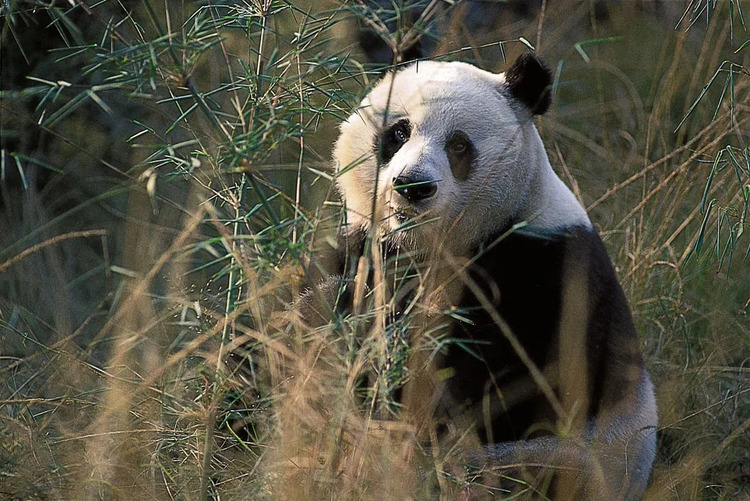


The National Zoo was planned by Fredrick Law Olmstead, one of the most influential and prolific American landscape architects in history. The zoo’s location in the spacious and picturesque Rock Creek Valley marked an important departure from the 19th-century practice of confining zoological collections to limited areas.
Washington’s National Zoo may have been the first major zoo to be located in a spacious, landscaped setting. The Zoological Park's primary aim was not for the entertainment of people, but for the preservation of endangered animals indigenous to the United States. The Zoo was created at a time when American's were concerned about "the closing of the frontier" and the dominance of a new, urban, industrialized society, and the Zoo's animals were reminders to visitors of the disappearing American Wilderness. In addition to conventional animal houses, extensive pastures for grazing were planned along with natural rock quarries to contain bears, a scheme that was unsuccessful. Only two of the original buildings exist today, the Principal Animal House, now the lion house, and the New Mammal House, the present monkey house.
Today, the National Zoo, located on Connecticut Avenue, is the home not only to animals native to the United States, but also is the home to pandas, cheetahs, lions, tigers, elephants, giraffes and zebras to name but a few.